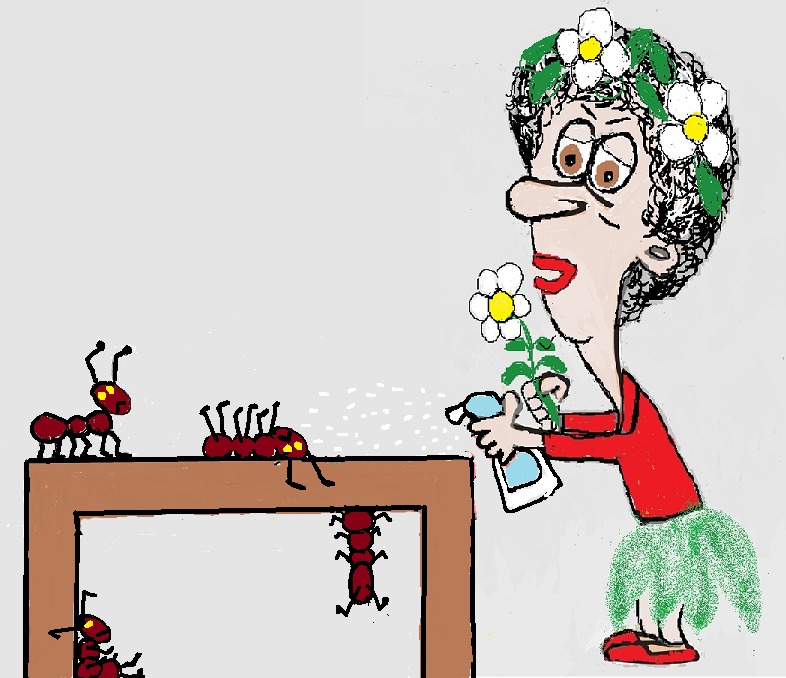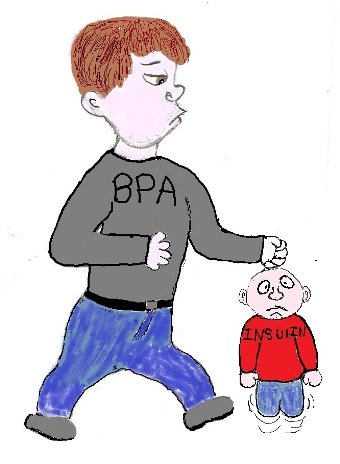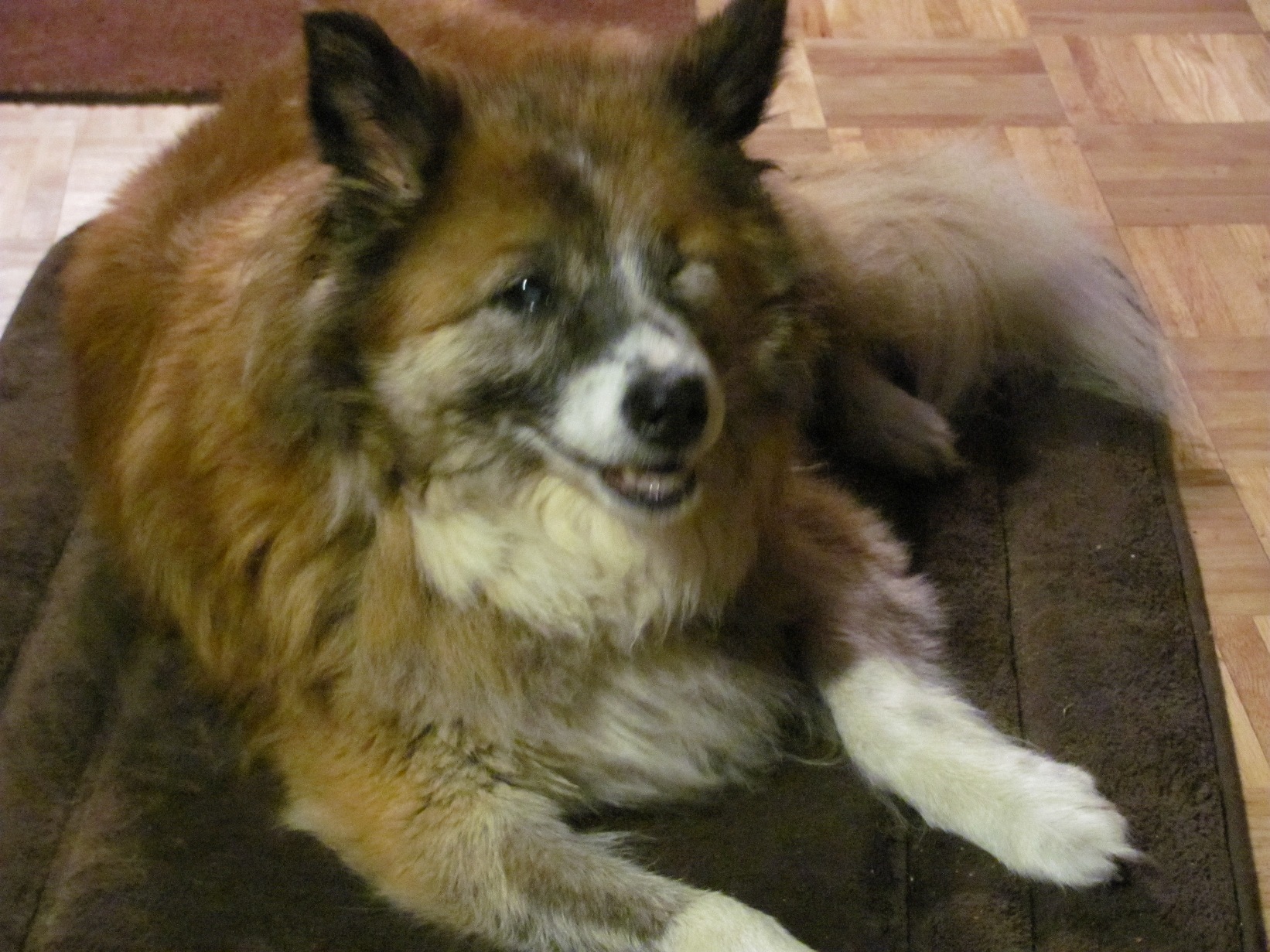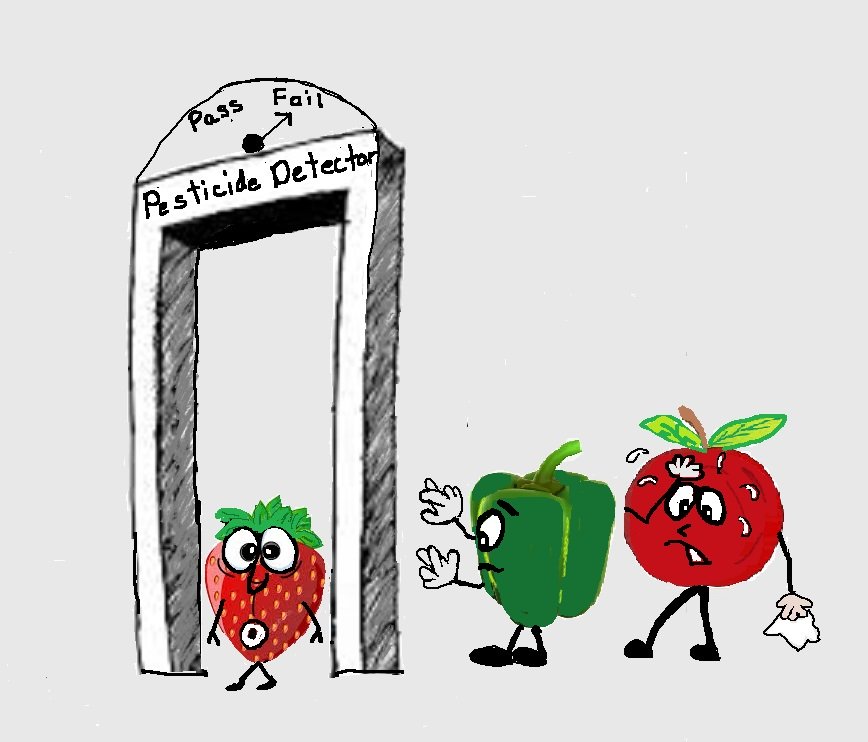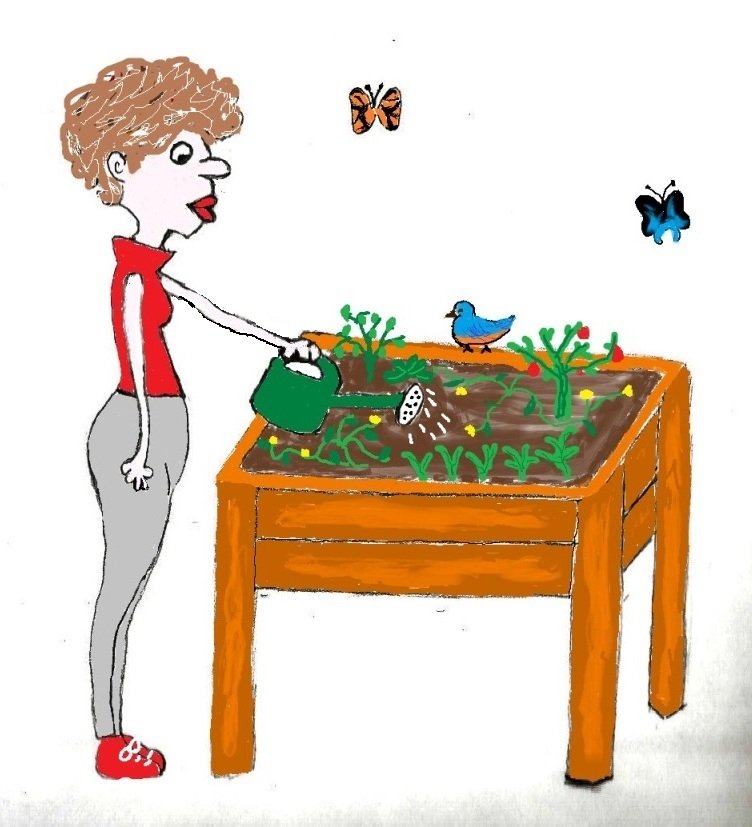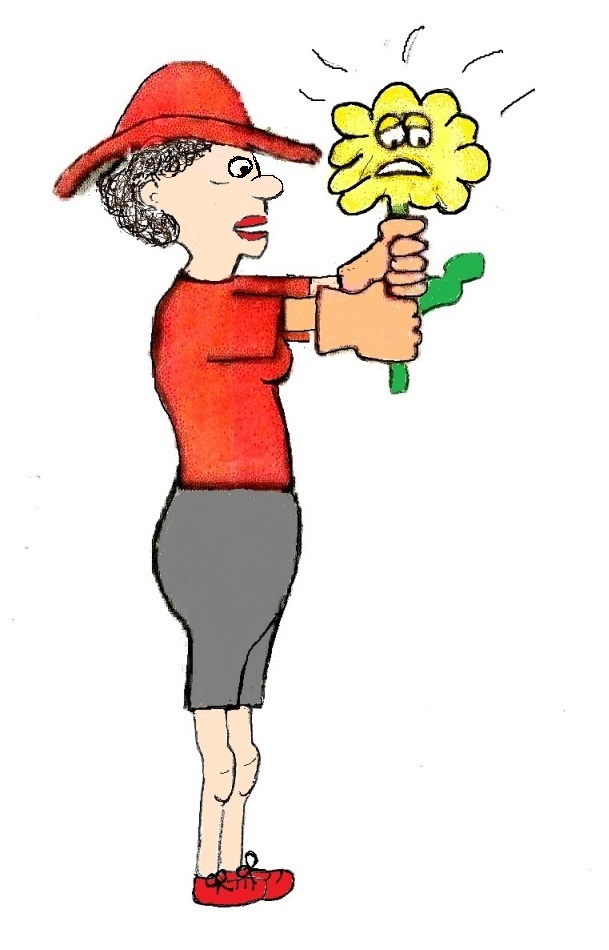- Home
- Non Toxic Home
- Non Toxic Ant Killer
Non Toxic Ant Killer
Non Toxic ant killers can be very effective. And they won't expose you to the toxic chemicals in synthetic ant killers.
Since non toxic ant killers work AND protect your health, what’s not to love. Plus, keeping your house ant free without using toxic chemicals is easy.
All you need to do is use safe products to get rid of the ants in your house and keep outdoor ants from coming in.
The next section should give you all the motivation you need to try ant control with organic methods that work.
Synthetic Ant Killer
Insecticides like ant killers contain both active and inactive ingredients. The active ingredients kill the pests and the inactive ingredients help the active ingredients do their job. And both active and inactive ingredients can be toxic chemicals.
The Toxic Active Ingredients in Ant Killer
The most common active ingredient in ant killer is some type of Pyrethroids. These are synthetic versions of natural chemicals found in chrysanthemums (the natural chemicals breakdown quickly in sunlight so they are less effective).
The types of pyrethroids commonly found in indoor insecticides are bifenthrin, cypermethrin and permethrin. They are available in the form of powders and sprays to control ants, mosquitoes, fleas, flies, and cockroaches.
And they
are possible carcinogens, endocrine disruptors linked to developmental and
reproductive effects, toxic to your nervous system and can cause asthma-like
reactions with exposure.
When you use them in your home you’re risking your health. You’re
exposed to them not only during application but also from the pesticide residues
that linger in your home.
They linger because synthetic pesticides are designed not to break down quickly. This makes them more effective.
The Toxic Inactive Ingredients In Ant Killer
According to the EPA, there are currently more than 4,000 inert ingredients that are used in pesticides and other products.
And on their own, many inert ingredients are toxic. At least 455 such ingredients are in the Hazardous Substances Data Bank. Among these are carcinogens like coal tar, naphthalene, hexane and xylene.
And endocrine disruptors like dibutyl phthalate, hydrochloric and nitric acid and many petroleum distillates and fuel oils.
What’s worse is, the combinations of active and inactive ingredients found in pesticides can make them more toxic. Makes sense since inactive ingredients are added to help the active ingredient do its job.
Numerous studies show that inert ingredients increase the toxicity of pesticide formulations to your nervous system, cardiovascular system, cell mitochondria, genetic material, and endocrine system. Pesticide formulas have also been found to be up to 1000 times more toxic to human cells than just the active ingredient.
Plus, absorption through your skin when you handle or apply them is the most common way you’re exposed to pesticides. Some inert ingredients actually increase skin absorption or penetration of the active ingredient.
Of course there’s no way of knowing what inert ingredients are in insecticides like ant killers. So there’s no way of knowing just how toxic they are. That's why controlling ants with organic methods is a stellar decision.
Non Toxic Ant Killers
Ants in your house come from 2 sources. There are types of ants that nest indoors and then there are ants that nest outside but come inside looking for food.
Pharaoh ants, the small, reddish-brown ants, are the most common species to nest indoors. Other types of ants in your house are following chemical trails that they’ve left to find their way from their point of entry to their food source.
So for ant control, non toxic methods that work include destroying the ants you
see and their chemical trails with spray and using bait to kill the ants you
don’t see.
Ant control also includes keeping outside ants outside. You do this by following the ant trails to identify how they’re getting in your house, and sealing them out.
SPRAYS
An all purpose, non toxic insecticide is Wondercide, a cedarwood oil based spray that is safe to use indoors and out and on your pets. I use it to control ants and fleas. Wondercide kills the individual ants and erases the chemical trail that ants follow.
Another effective option is EcoRaider Ant Killer. EcoRaider uses a combo of lemon grass, cedar and geraniol oil to control ants organically.
HOMEMADE SPRAY
It's also cheap and easy to make homemade non toxic ant killers. Here's an effective ant control recipe.
Citrus Oil Pepper Spray
This organic pesticide works well on ants. Mix 10 drops of orange essential oil and 10 drops of peppermint essential oil with one teaspoon cayenne pepper and 1 cup of warm water. Shake well and spray on the affected areas.
(I’m not a fan of using orange oil because it’s a
high limonene oil. Limonene reacts with ozone in indoor air to create
formaldehyde. I use it here because it’s an effective ant killer. You could
substitute cedar oil for the orange oil in this recipe.)
BAIT
A good non toxic ant killer bait is Terro Liquid Ant Bait, which has borax as it's active ingredient. Boric acid is an effective insect stomach poison. While boric acid is somewhat slower acting than other options, it is highly effective over a long period of time.
Follow the instructions on the package, and place the baits near ant trails or wandering ants. At first, it might seem that the traps increase the population of ants, as a thick ant trail will form, but after a few days the ant population will be under control.
HOMEMADE BAITS
Borax baits are also easy to make.
Borax Baits
- Gather some small plastic containers with lids. If you’ve banned plastic from your life, get some from a friend.
- Poke 4-5 holes spaced evenly around the outside of each container about an inch from the top. These holes should be about the size of a pencil to allow the ants to enter the container easily.
- Mix 1 cup of Borax with 3 cups of sugar to make 6-8 traps.
- Fill the containers to about 1/2 an inch or so below the holes in the container.
- Add water to make the mixture slightly soupy and a teaspoon of peanut butter.
- Stir until well mixed. Place the lid on the container.
- Set the traps in areas where you find ants. These can also be used outdoors to keep ants from coming in.
Cornmeal Baits
Cornmeal baits will also take care of the ants you can’t see. Ants are attracted to cornmeal and treat it as food. But they can't digest it, so they slowly starve.
It won't kill a colony as quickly as poison, but it's incredibly cheap, and completely safe to use in a house with pets or small children. Just set small containers of cornmeal by, but not on, ant trails that you’ve identified.
KEEPING THEM OUT OF YOUR HOUSE
To keep ants out of your house you need to locate and seal outside points of entry, like wall voids and cracks. Follow ant trails to figure out how they’re getting in.
Before you seal entry points, place food-grade diatomaceous earth in the wall voids or cracks and then seal them with caulking.
In cracks, the dust can be effective at drying out any ants that try to get in for many years, as long as it’s kept dry.
Another option, based on the “grass is always greener” principle is to keep ants from coming in your home by providing something yummy for them outside.
You can use the homemade borax baits in covered areas outside or place a food attractant placed in a dirt-filled, clay flowerpot in your yard. This will lure the ants away from your house. Once they’ve moved into the pot, kill them with boiling hot water.
Remember though, native ants play an important role in the ecology of your yard. Keep them out of your house but leave them alone in your yard.
Non Toxic Ant Killer For Fire Ant Control
Finding non toxic ant killer to control fire ants, especially the 2 nonnative species, is no easy feat. What works on other types of ants doesn’t usually work on fire ants.
And there are only a few non toxic products that work and are certified as organic. These include ingredients like d-limonene, an extract from citrus oil, and spinosad, a chemical complex produced by a soil microbe.
Spinosad is a broad-spectrum, organic insecticide. That means it will also kill beneficial insects and native ants.
Be aware that not all products that contain spinosad are completely organic; some contain non-organic inert ingredients. Spinosad products approved for organic use will say so on the label. Non toxic organic fire ant control products containing spinosad are available as baits and as liquid drenches.
Broadcasting Bait
Many experts suggest using a 2 step process to control fire ants.
Step I involves broadcasting a fire ant bait over your entire yard once or twice a year to reduce fire ant colonies. Step II is treating the individual mounds.
Baits are granular products that are collected as food by foraging ants. The bait granules (generally corn grit) are impregnated with oil to make them attractive to the ants as food. The ants take the bait back to the mound and feed it to the queen and the rest of the colony.
I have a problem with this step – as do many fire ant control experts. Because, one of the best ways to keep fire ants under control is the competition from native ants for food.
When you spread bait all over your yard, some of it will be eaten by foraging native ants and other insects. Even organic fire ant bait made from spinosad can kill all types of ants, not just fire ants.
Studies have shown that where broad scale bait applications are made for fire ant control, the native ants are killed too.
Unfortunately, without the native ants to compete and slow the spread, the invasive fire ants quickly re-infest the area. And often at much higher population levels than the original infestation that was treated.
So protect your native ants. You can use the methods above to keep them out of your house but leave them alone outside. And instead of broadcasting fire ant bait, use bait or other organic methods to destroy individual mounds.
Destroying Individual Mounds
There's lots of advice floating around the internet on non toxic ways to destroy fire ant mounds. According to entomologists, most of them don't work.
There are, however, a couple of non toxic ant killer methods that do work. The first method involves applying bait to individual mounds and the second method is to drench individual mounds.
Baiting Mounds
The best time to apply bait to mounds is in the early evening. Do not apply bait when the ground is wet as moisture can cause the oils in the bait to become rancid. Apply the bait over the mound and extend to about two feet from the mound.
There are only a couple of non toxic options for baiting fire ant mounds. The first option is a spinosad-based product called Greenlight Fire Ant Control with Conserve.
It is one of the few spinosad based organic bait products available for home garden use. Unfortunately, I can’t find any company that currently sells it in granular form.
A second option for baiting fire ant mounds is Essentria G Granules. It is a non toxic ant bait product made up of clove, thyme and wintergreen oil and corn cobs.
To apply sprinkle 1 to 2 tablespoons over the nest. For red imported fire ant mounds, use up to 1/2 cup (8 tablespoons) over each mound and up to 2 feet around each mound.
Drenching Mounds
Drenching fire ant mounds is a very effective way to control fire ants and protect native ants. The key to success is killing the queen. To do this you have to thoroughly soak the mound.
Start by pouring your drench in the center of the mound. A pump sprayer is very effective for getting to the queen.
The following two products are non toxic organic options for drenching
fire ant mounds.
|
Monterey Garden Insect Spray This is a certified organic liquid spinosad product labeled for home garden use. It’s a liquid concentrate with 0.5% active ingredient. |
 |
Boiling Water Drench
Using very hot or boiling water is a common non toxic treatment to drench individual fire ant mounds, particularly when the ants are close to the mound surface, like on cool, sunny mornings or after heavy rainfall. Approximately 3 gallons of hot water poured on each mound will eliminate about 60 percent of the mounds treated.
The key is to make sure the ants on and around the mound are completely relaxed and undisturbed before you start pouring in the boiling water. If they are upset or anxious in any way, the queen will be long gone by the time you start the treatment. Walking up slowly and quietly to the mound is the way to go.
If ant control is a problem in your home, these non toxic ant killers that work will protect you from the toxic chemicals in pesticide formulas. And solve your ant problem!
So give them a try. And let me know how they work for you.
